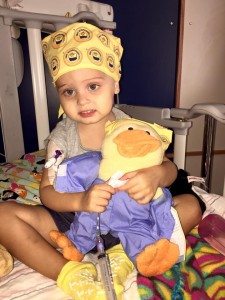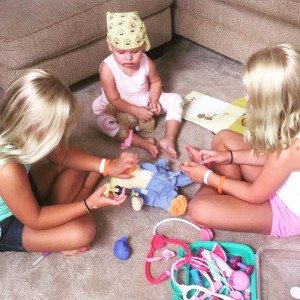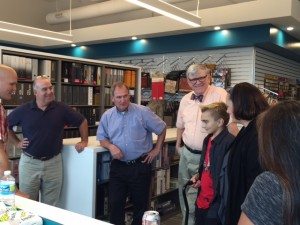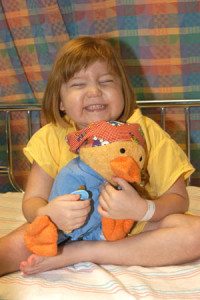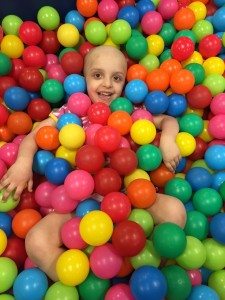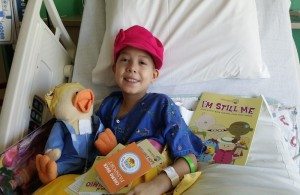David Treadway, AKA Mississippi Dave, is an independent song writer with an eclectic folk/alternative style.

David Treadway
Gabe Sipos is a 13-year-old cancer survivor with a story to tell.
The two were recently “connected” through a nonprofit organization called Sing Me a Story – a network of more than 1,500 songwriters who create songs based on the ideas obtained from stories or illustrations submitted by children from all over the world.
During one of the workshops held at Gilda’s Club Nashville, Gabe had the opportunity to write a story about himself and Chemo Duck.
“I was really scared at the hospital until one day my mom had an idea,” reads Gabe’s story titled ‘And That’s My Life’. “She put a duck plushie in hospital scrubs and put a port on it and she gave it to me. It allowed my fears to go away…”
Gilda’s Club submitted the story to the online group, which in turn distributes them on its website. Volunteer songwriters choose a story and then record and upload a song onto the website.
Since 2011, Sing Me A Story has transformed children’s stories into songs as a fundraiser for almost 50 partnering organizations like Gilda’s and Alive Hospice. Donors are able to go to the website, select a song from the collection, make a contribution and receive a copy of the chosen song.
Each child receives a copy of his or her song as well.
“Sing Me A Story is just a wonderful idea,” said Treadway. “It is a great opportunity for songwriters to use their powers for good. But most of all it’s a chance for kids to use their creativity and express things that matter to them as a way to heal or grow in some way.
Treadway spent a few days brainstorming ideas for Gabe’s song wanting to ensure that it was hopeful and encouraging.
“Gabe and all kids who go through these kinds of battles deserve some serious credit for what they go through,” explains Treadway. “Working with Gabe’s story impacted me because it challenged me as a songwriter to stretch beyond what I’d usually tackle topic-wise.”
David said the project was fun and is looking forward to participating in another story to song venture soon.
Lyrics from The Chemo Duck:
Whenever I’m scared and feeling down
There is no problem too big I’ve found
When the weight of the world is heavy on my back
I will raise my voice and let out a quack
Cause I’ve got a secret weapon when I am feeling stuck
And I’m never gonna let them tell me to give up
I found myself a best friend with feathers made of plush
Don’t let that fool you cause
He’s as tough as a stuffed duck comes – my friend, my friend the chemo duck.

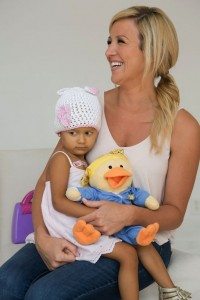 We will continue to discuss the different chapters from our digital
We will continue to discuss the different chapters from our digital 